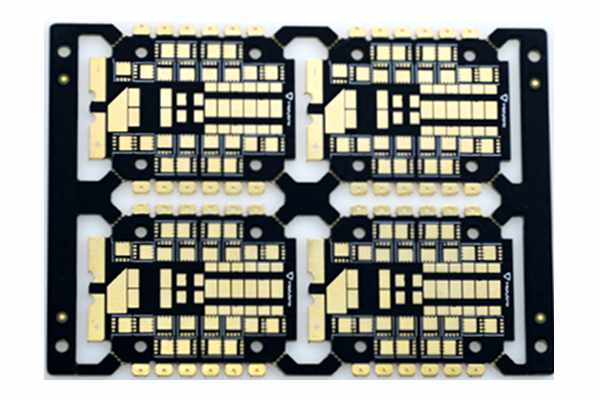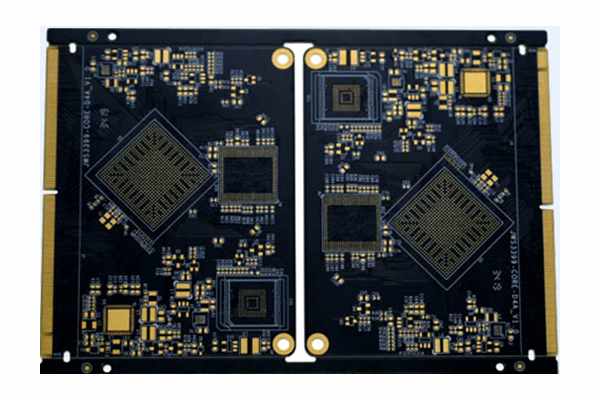1、Hot air solder leveling
The silver board is called tin hot air solder leveling board. Spraying a layer of tin on the outer layer of the copper circuit is conductive to welding. But it cannot provide long-term contact reliability like gold. When use it too long, it easy to oxidize and rust, resulting in poor contact.
Advantages: Low price, good welding performance.
Disadvantages: The surface flatness of hot air solder leveling board is poor, which is not suitable for welding pins with small gap and components that are too small. Tin beads are easy to produce in PCB processing, which is easy to cause short circuit to small gap pin components. When used in double-sided SMT process, it is very easy to spray tin melt, resulting in tin beads or spherical tin dots, resulting in more uneven surface and affecting welding problems.
2、Immersion silver
The immersion silver process is simple and fast. Immersion silver is a displacement reaction, which is almost submicron pure silver coating (5~15 μ In, about 0.1~0.4 μ m). Sometimes the process of silver immersion also contains some organic substances, mainly to prevent silver corrosion and eliminate the problem of silver migration. Even if exposed to heat, humidity and pollution, it can still provide good electrical properties and maintain good weldability, but it will lose luster.
Advantages: The silver impregnated welding surface has good weldability and coplanarity. At the same time, it does not have conductive obstacles like OSP, but its strength is not as good as gold when it is used as a contact surface.
Disadvantages: When exposed to wet environment, silver will produce electron migration under the action of voltage. Adding organic components to silver can reduce the problem of electron migration.
3、Immersion tin
Immersion tin means solder wicking. In the past, PCB was prone to tin whiskers after Immersion tin process. Tin whiskers and tin migration during welding will reduced reliability. After that, organic additives are added to the tin immersion solution, so that the tin layer structure is granular, which overcomes the previous problems, and also has good thermal stability and weldability.
Disadvantages: The biggest weakness of tin immersion is its short service life. Especially when stored in a high temperature and high humidity environment, compounds between Cu/Sn metals will continue to grow until they lose solderability. Therefore, tin impregnated plates cannot be stored for too long.
We have confidence in providing you the best combination of turnkey PCB assembly service, quality, price and delivery time in your Small batch volume PCB assembly order and Mid batch Volume PCB assembly order.
If you looking for a ideal PCB assembly manufacturer, please send your BOM files and PCB files to sales@pcbfuture.com. All your files are highly confidential. We will send you an accurate quote with lead time in 48 hours.
Post time: Nov-21-2022






